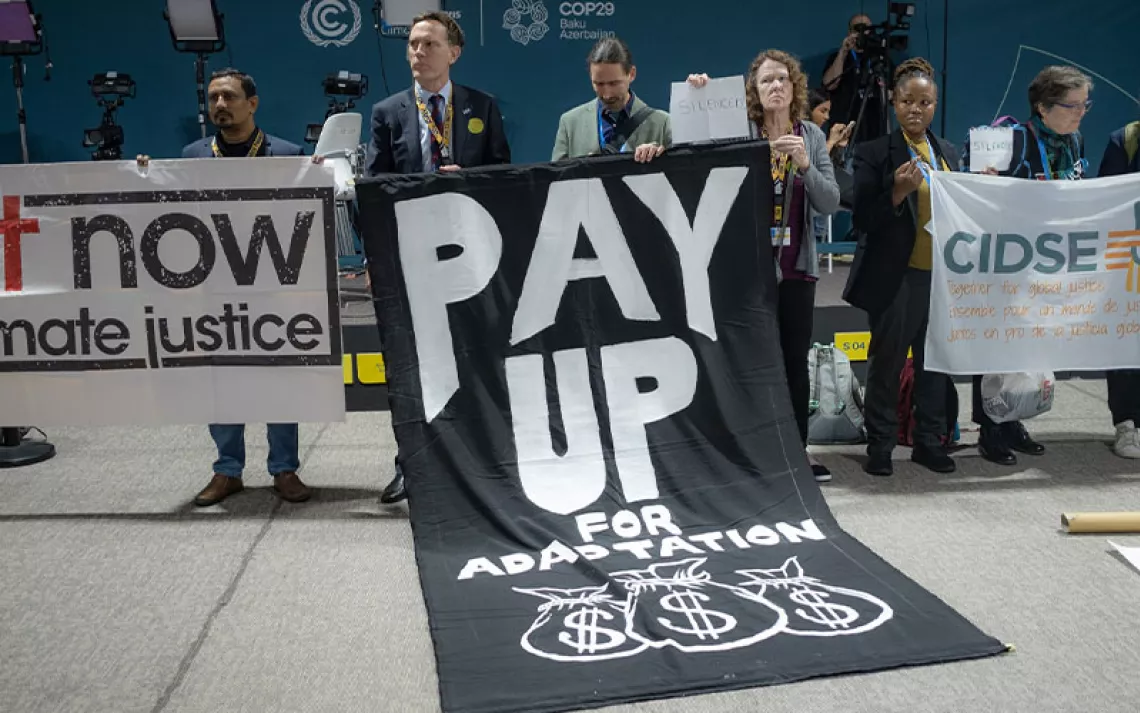ICYMI: Baby Orca, Putin-Free Energy & Mystery Lumps
A weekly roundup for busy people

A new calf is born to the K-pod of orcas, now traveling off the coast of Oregon, the first in 11 years.
Denmark is planning two enormous new wind projects—one on an artificial island in the North Sea—as it seeks to become “free of Russian fossil fuels.”
In the Netherlands, surging output from wind and solar facilities plus a nuclear power plant coming back online send the price of energy below zero for 13 hours.
In order to lessen its dependence on Russian gas, Japan will expand its use of nuclear power.
Since invading Ukraine, Russia has doubled the revenue it receives for exporting coal, gas, and oil.
Despite losing $3.4 billion dollars by departing from Russia, ExxonMobil’s corporate profits rose sharply in the first quarter.
In an effort to boost its economy, China announces plans to increase coal production by 300 million tons.
Alliance Resource Partners, one of the largest coal companies in the US, takes a major stake in Francis Energy, an EV-charging company.
A wild fox enters the Smithsonian National Zoo and kills 25 flamingoes and a duck.
India and Pakistan suffer a record heat wave, with temperatures reaching 120°F.
Three critically endangered Sumatran tigers are killed in traps on oil palm plantations on the Indonesian island of Sumatra. Only 400 Sumatran tigers remain.
Smoke from the enormous wildfire in New Mexico can be seen from space colliding with clouds of dust from violent windstorms in Colorado.
Human migration due to droughts is expected to climb by at least 200 percent this century.
Falling water levels in Lake Mead on the Colorado River reveal a barrel with human remains inside. Las Vegas police expect further such discoveries to follow.
Mozilla and the Wikimedia Foundation stop accepting donations in cryptocurrency because of its environmental impact.
US climate envoy John Kerry floats a new climate goal: holding global temperature increase to 1.8°C over pre-industrial levels, a retreat from the current 1.5° goal.
Earth’s interior is found to contain two lumpy, continent-size “geological anomalies.”
 The Magazine of The Sierra Club
The Magazine of The Sierra Club



